Using assisted GNSS and WiFi AP scanning the ORV1110A is capable of delivering ultra-low power metre-accurate positioning alongside standard LoRaWAN communications. What once required multiple parts each with dedicated communication interfaces is now available in a tiny, simple to integrate package. Measuring 25mm x 16mm this module is ideally suited for small, battery-powered tracking applications.
With all of the messy RF design built into the module, it reduces the cost and complexity to incorporate this technology into projects and new product developments.
If you're interested, please fill out this survey to guide future development!
Key features
- 25mm x 16mm x 2.5mm!
- Mutli-region LoRaWAN
- GPS + Beidou positioning
- 2.4GHz WiFi AP Scanning
- Cryptographic Engine
- Control via SPI
- 3x Configurable GPIO/interrupt pins
- 1.8-3.7V supply
- Ultra-low power - Potentially lasts years on battery!
- Easy to solder; No hidden pads here!
Planned project goals
- Finalised form-factor and pin out ✔
- Design review with Semtech ✔
- Break-out board ✔
- Prototype manufacture [Underway]
- Testing
- Schematic components and footprints (Eagle, KiCAD, Altium)
- Drivers and Libraries
- Datasheet and design guide
Longer term goals
- Arduino shield
- LRDuino dev kit
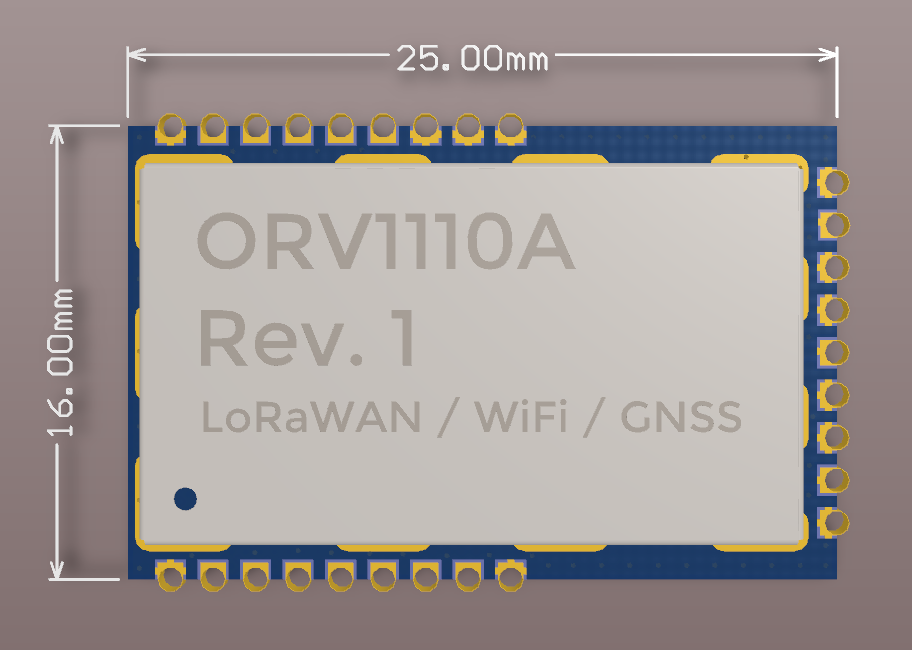
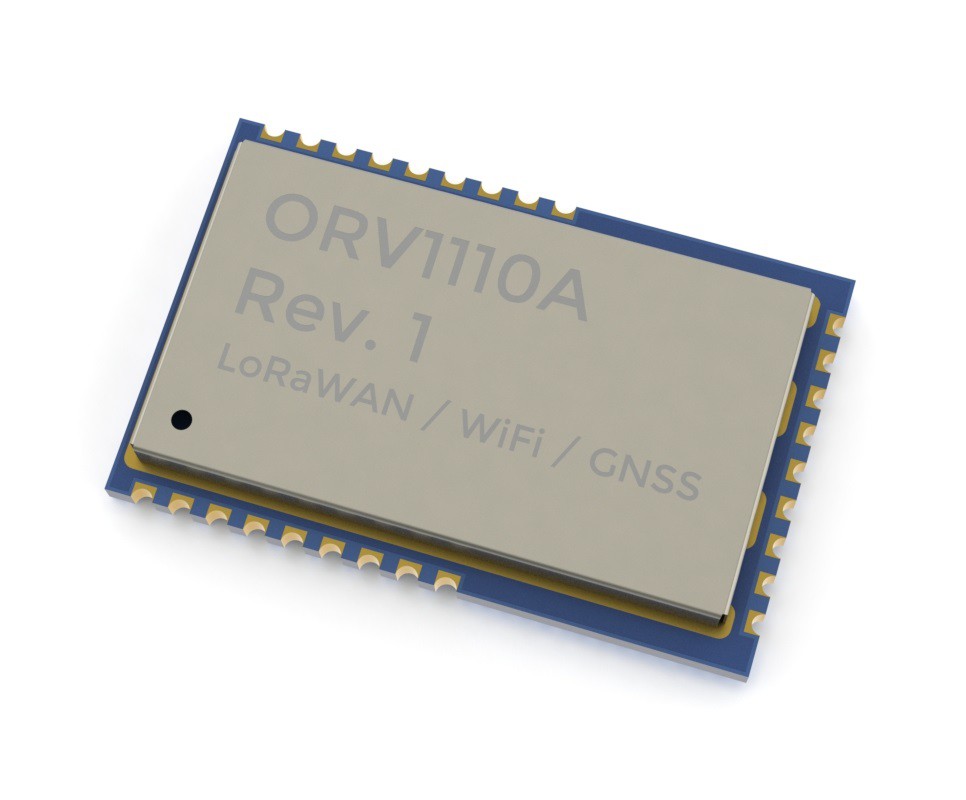
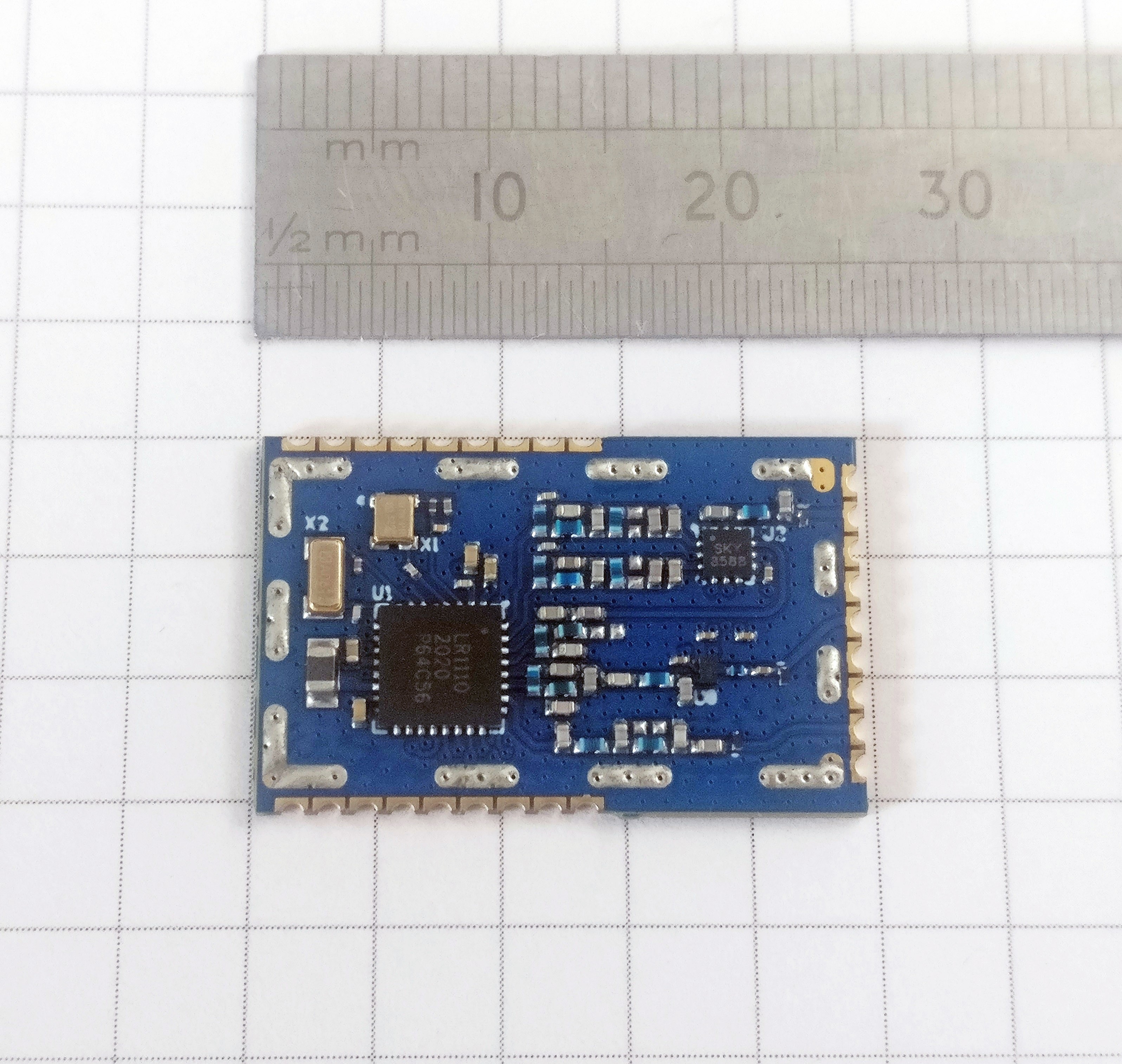
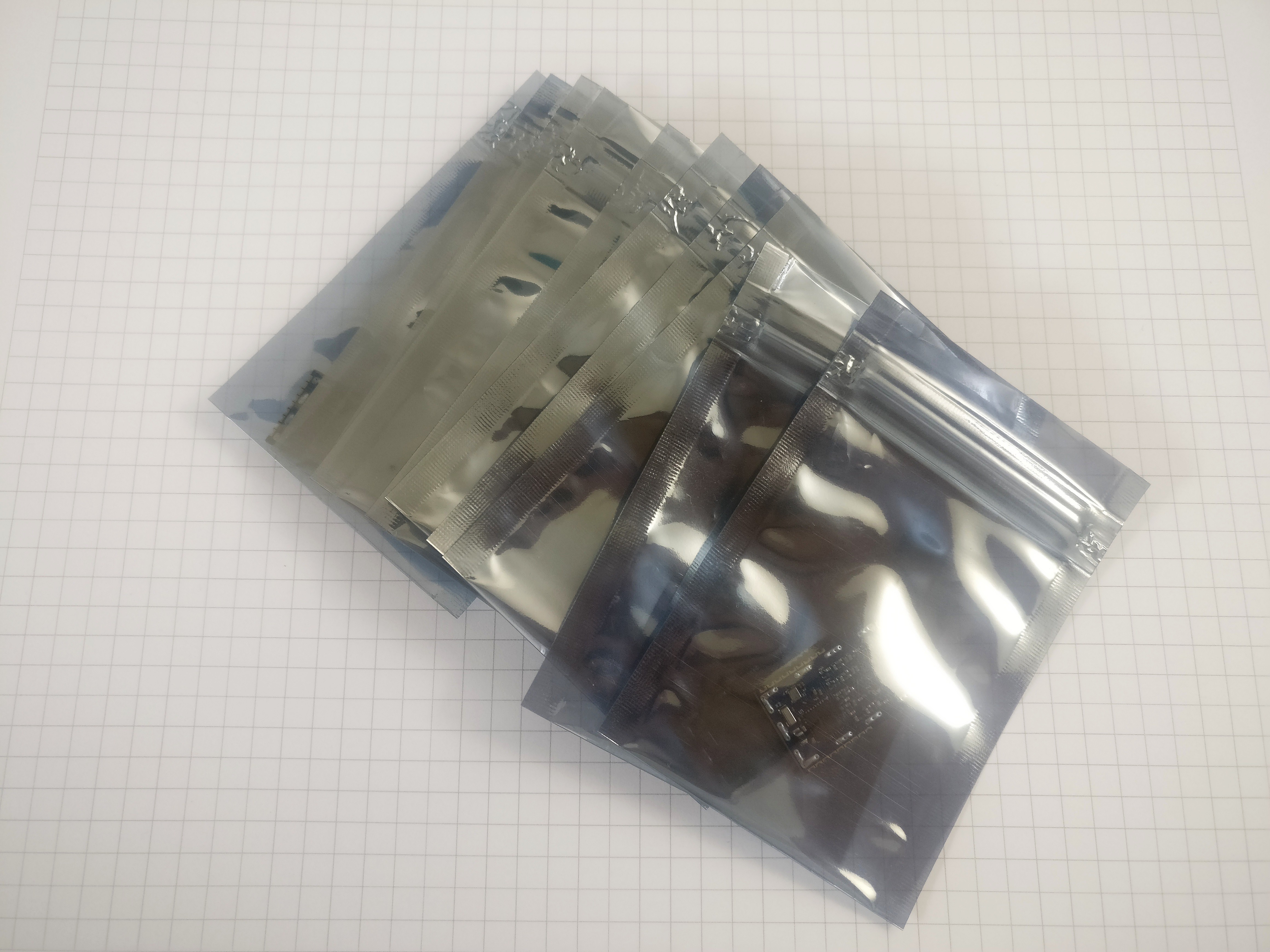
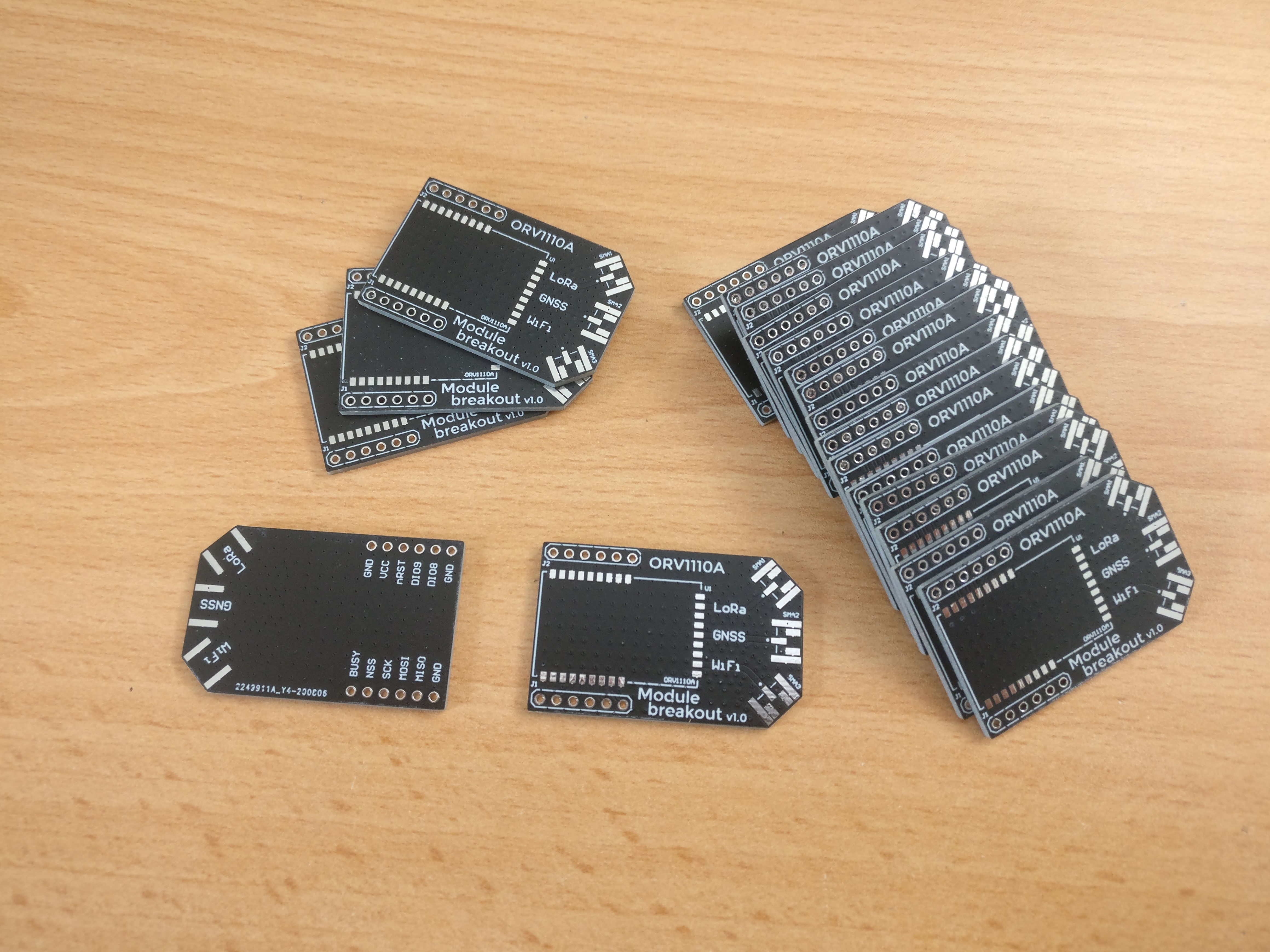

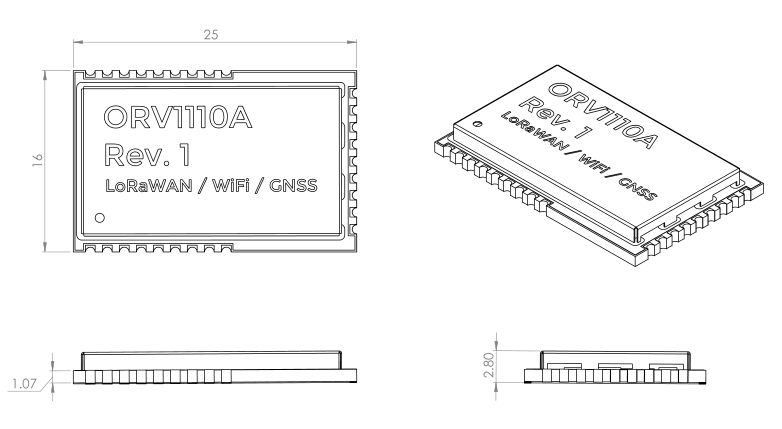
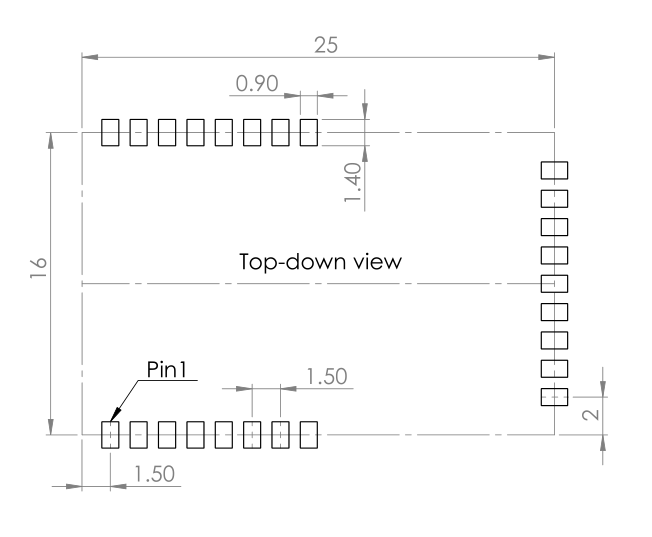
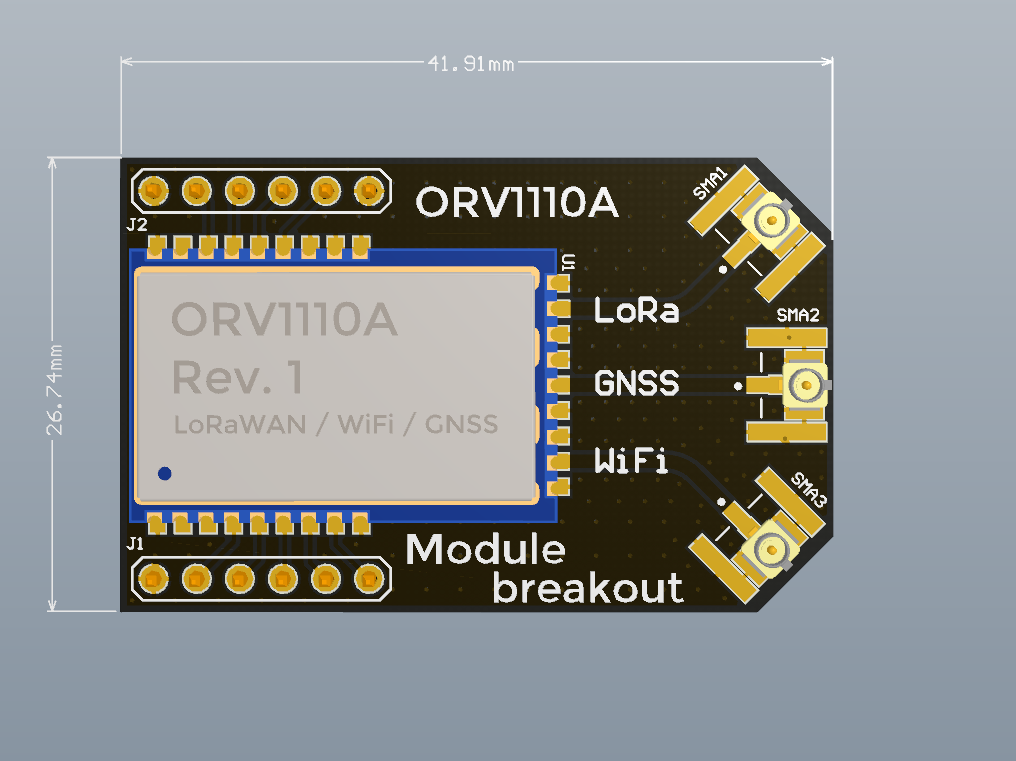
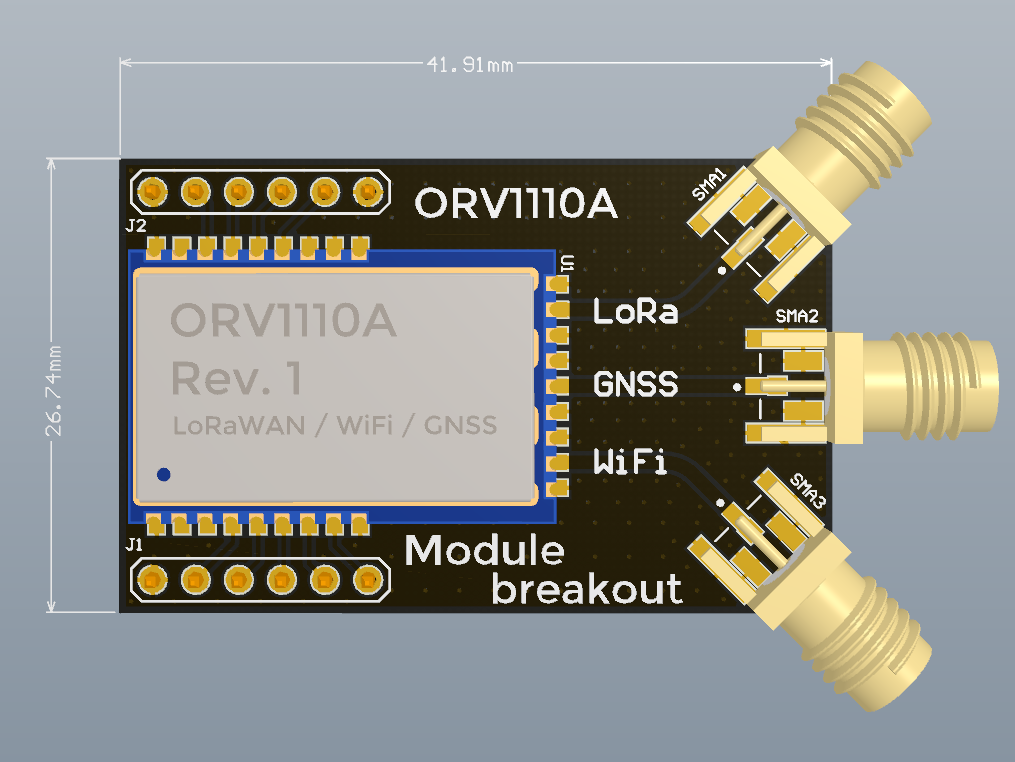
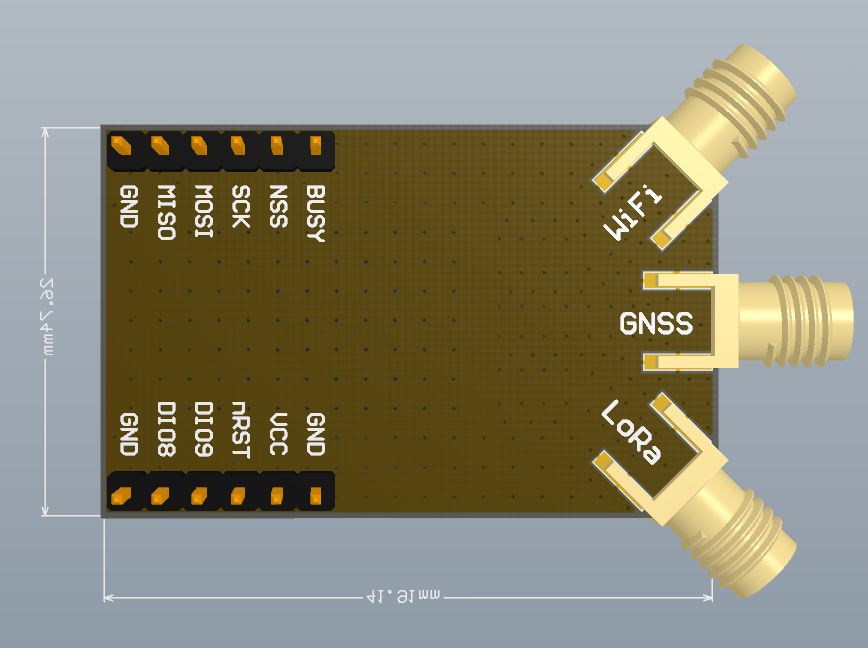

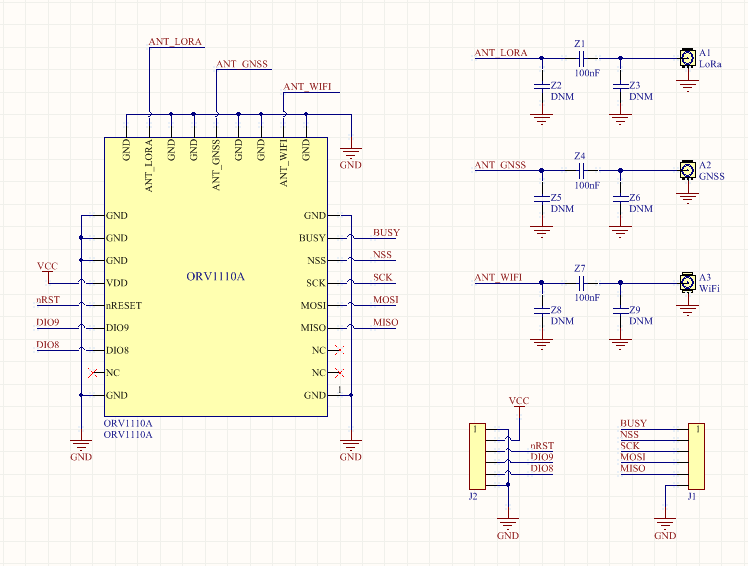
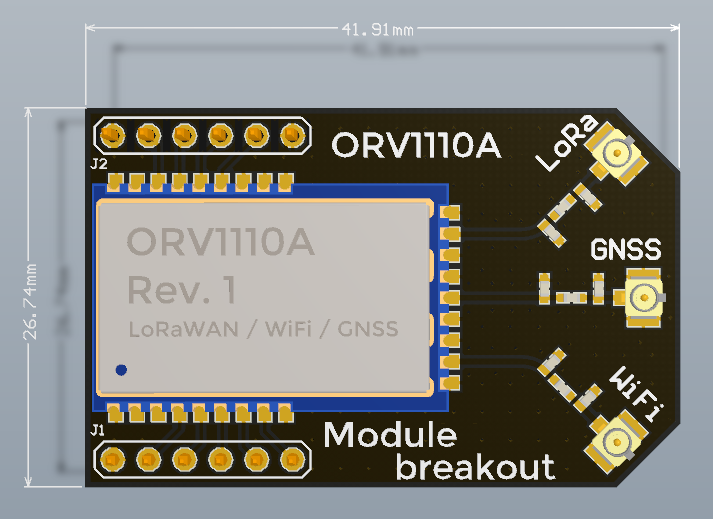
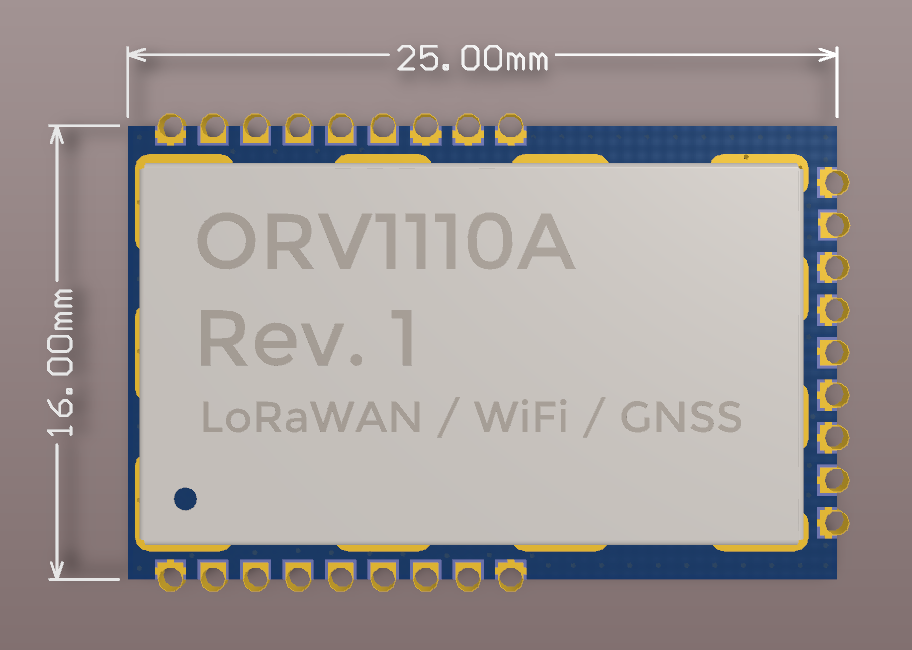
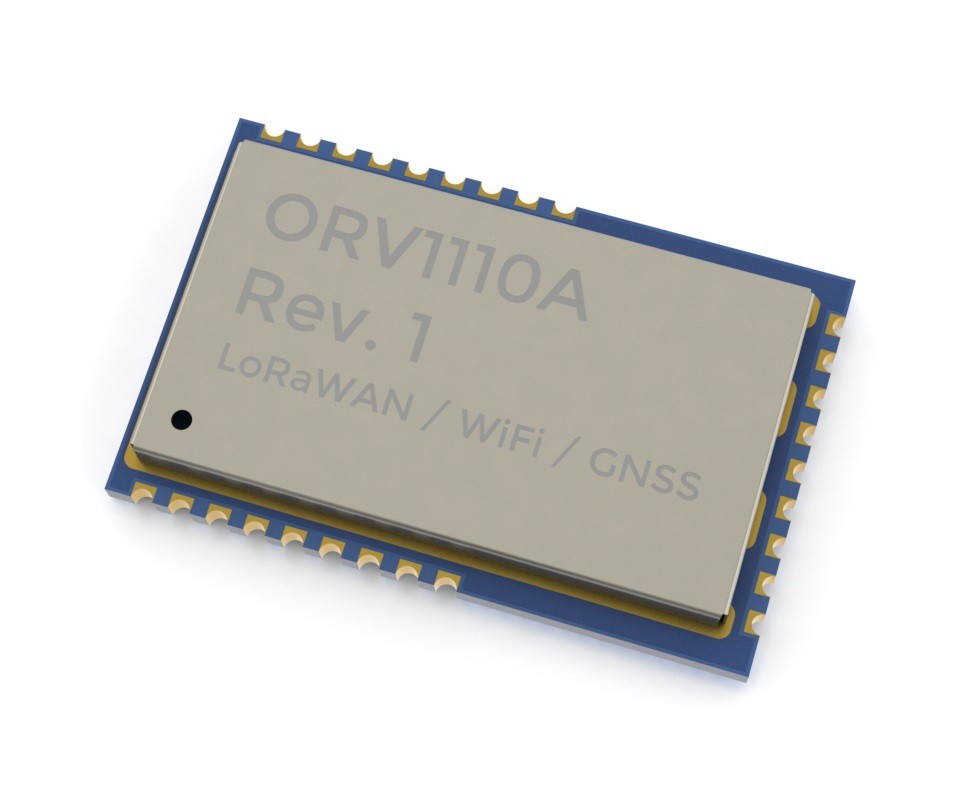






hii... i am working as a PCB designer at Vandyam solutions Belgaum, Developing similar board for tracking application, need some help to do the same ...